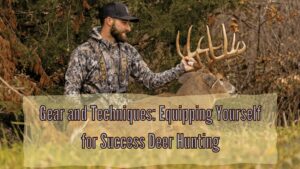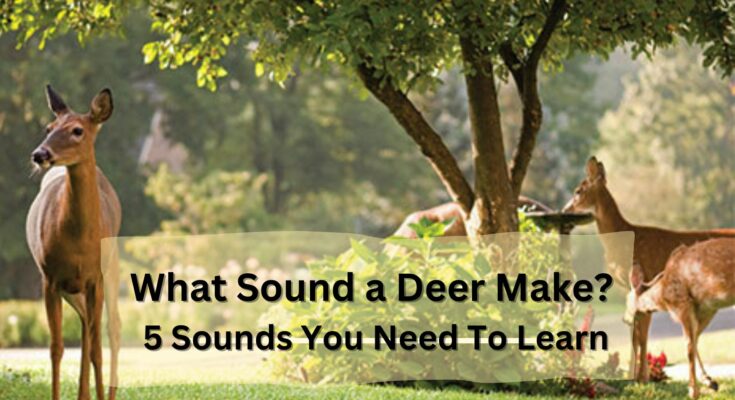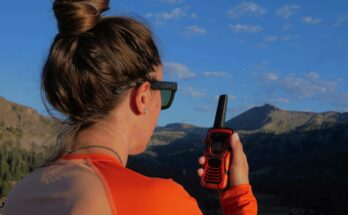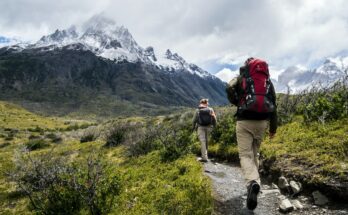Embarking on a deer-hunting adventure requires more than just stealth and patience. Understanding deer vocalizations and knowing when and how to use them can significantly enhance your chances of a successful hunt. In this article, we will explore the fascinating world of deer sounds, offering insights into their meanings and how to incorporate them into your hunting strategy. Additionally, we’ll discuss the essential gear and equipment that can elevate your hunting experience.
Catalog
Deer Vocalizations: Unlocking the Language of Deer Sounds
Do Deer Make Noise? Unveiling the World of Deer Sounds
Contrary to popular belief, deer are not silent creatures. Explore the instances when deer are more likely to vocalize and what these vocalizations signify.
What Noise Does a Deer Make? Exploring the World of Deer Sounds
Deers make a variety of noises to communicate with each other and convey different messages. Understanding these sounds can provide valuable insights into deer behavior and enhance your hunting strategy. Here are some of the noises that deer make:
1) Snort:
- The snort is a common vocalization made by deer.
- It is a sharp, forceful exhale of air through the nostrils.
- Deer snort when they detect potential danger or feel threatened.
- The snort is often accompanied by the deer lifting its head high, displaying alertness.
2) Bleat:
- The bleat is a vocalization primarily made by female deer, known as does.
- It is a high-pitched sound that resembles a lamb’s bleating.
- Doe’s use bleats to communicate with fawns and other deer.
- During the breeding season, doe’s may emit estrus bleats to attract bucks.
3) Grunt:
- Bucks make a low, guttural sound known as a grunt.
- Grunts can vary in tone and intensity, depending on the situation.
- Bucks use grunts to communicate with other deer, especially during the rut.
- Grunting may indicate dominance, aggression, or an attempt to locate other deer.
4) Wheeze:
- The wheeze is a unique vocalization made by Bucks.
- It is a snort-like sound followed by a series of short, raspy exhales.
- Bucks often use the wheeze during the rut to assert dominance.
- It is a challenging sound that can attract other bucks or provoke a reaction.
5) Rattle:
- Rattling refers to the noise produced when deer clash their antlers together.
- Bucks engage in rattling to establish dominance and attract mates.
- The sound of antlers colliding can mimic the sounds of combat between rival bucks.
- Rattling is particularly effective during the pre-rut and rutting season.
It’s important to note that the intensity and frequency of these vocalizations can vary depending on the specific situation and the deer’s behavior. By recognizing and interpreting these noises, hunters can gain insights into deer activity and adjust their strategies accordingly.
Gear and Techniques: Equipping Yourself for Success Deer Hunting
Equipping yourself with the right gear and techniques is crucial for a successful deer hunting experience.  Here are some essential items and strategies to consider:
Here are some essential items and strategies to consider:
Hunting Rifle or Bow:
Choose a reliable and accurate hunting rifle or bow that suits your skill level and preferences. Ensure your weapon is properly sighted in and adjusted for accurate shooting.
Ammunition or Arrows:
Select appropriate ammunition or arrows based on the regulations and requirements of your hunting area.
Optics:
Optics allow you to observe deer behavior and identify potential targets so invest in quality binoculars or a spotting scope to improve your ability to spot deer at a distance.
Hunting Clothing:
- Wear camouflage clothing that matches your hunting environment to blend in with the surroundings.
- Dress in layers to adapt to changing weather conditions.
- Use scent control products to minimize your human scent and avoid alerting deer.
Hunting Boots:
Choose comfortable and waterproof hunting boots to keep your feet dry and protected.
Tree Stands or Ground Blinds:
Tree stands provide an elevated vantage point, offering better visibility and concealment. Select the best hunting stand or blind that suits your hunting style and the terrain you’ll be hunting in.
Calls and Decoys:
Deer sounds, such as grunt calls or bleat calls, can help attract deer by mimicking their vocalizations. Decoys, like realistic deer replicas, can be used to attract deer and create a visual focal point.
Safety Equipment:
- Prioritize safety by wearing a harness when hunting from elevated tree stands.
- Carry a whistle, a flashlight, and a communication device for emergencies.
Remember to check and adhere to local hunting regulations and obtain any necessary licenses or permits before heading into the field.
Conclusion
Mastering deer sounds and incorporating them into your hunting strategy can greatly increase your chances of a successful hunt. By understanding the meanings behind deer vocalizations and knowing when to use them, you can effectively attract and locate deer. Moreover, investing in high-quality hunting gear, such as climbing stands, hunting boots, backpacks, and rangefinders for bow hunting, will enhance your overall hunting experience. Remember to study deer behavior and factors like wind and speed, as they play a crucial role in your hunting success. With these insights and the right equipment, you’ll be well-equipped to embark on memorable and rewarding deer hunting adventures.



